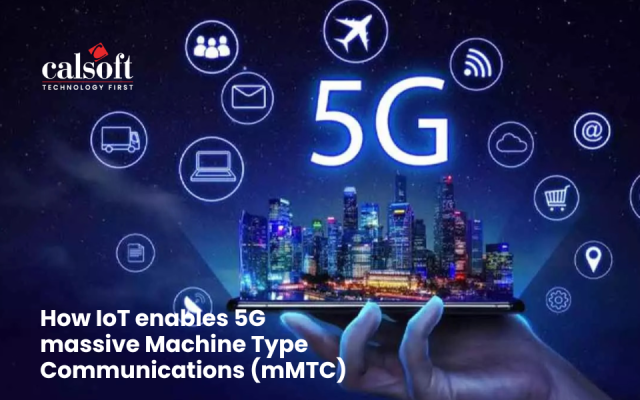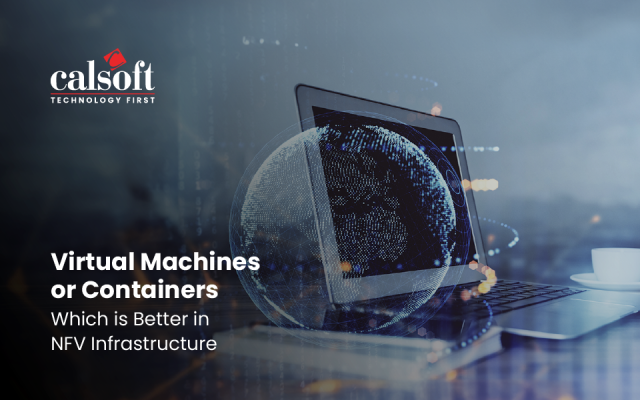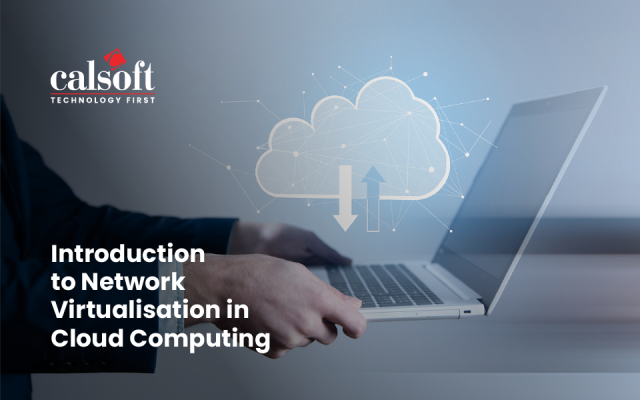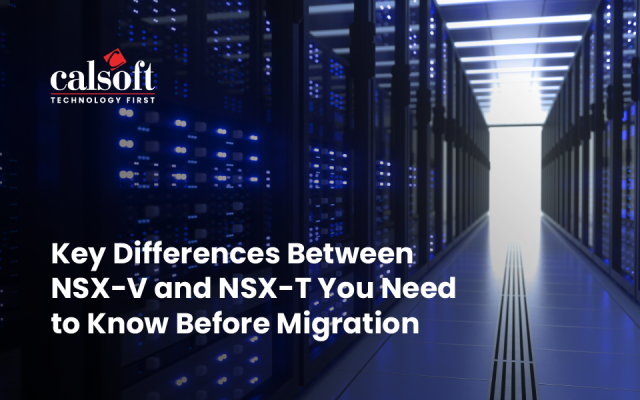Many read recently Microsoft dire predictions for the future of on-site backup in the Enterprise. While their interest in promoting snapshot based Azure Site Recovery was undoubtedly behind the pronouncement their post made some interesting points. The argument that it’s too complex, too costly and in a nutshell just not effective has been made in varying degrees earlier too.
Microsoft makes the point that the way backup was handled in a pre-cloud world was drastically different and the processes that were put into place were valid only for those times. The whole concept, including all systems and processes, of creating copies of the data and sending them off for storing at remote sites was intended as a “back up” plan for natural disasters, power outages and security threats. The problem is that the “backup plan” of most organizations usually includes several different bits and pieces that have to mesh together absolutely perfectly when the time comes to achieve the goal of providing the organization with the data they need to retrieve when the eventuality does occur. Organizations usually have multiple sometimes incompatible solutions in play each associated with a different part of the business or piece of equipment. All well-intentioned attempts at prescribing standards or rules that would allow these players to play well with each other have ultimately been only partially successful. In most large organizations the IT teams will wryly admit that getting all the pieces of this particular puzzle to fit together is a herculean task. If this is true then is there merit to Microsoft’s argument? Is it time to bid goodbye to onsite backup? And Tape?
The numbers tell a story as always. In a survey done late last year 38% of IT pros surveyed said they planned to purchase Online backup and recovery solutions. Despite being the single largest element in their Cloud services budget at 15% neither of these seem to be staggeringly large numbers in themselves. The question to consider would be is this a problem of demand or of a saturated market – I suspect the latter. Consider that as far back as 2010 48 % of mid-sized and 38 % of small businesses surveyed by the Aberdeen Group were already using cloud based data storage and recovery – not much room to grow from there one would imagine. The fact that in 2013 the Cloud based backup and recovery market was over $ 2 billion would seem to bear out the fact that this is not a trend any longer but a significant part of the backup landscape already.
Microsoft’s attempt to write off the need for Disaster Recovery seems to be a mid of clever misdirection. The question is who backs up the cloud backup? Even with organizations moving their backup to the cloud there is a provision for DR – just that this is done at the hosting data center.
The other issue is the actual process of recovery. The whole idea is to have the data available to restart business operations if a data disaster strikes – an insurance policy if you will. If this is the case then the more the data organizations have on the Cloud the greater will be the difficulty of retrieving it down their data links at times of such need. In many ways it would be easier to have the data on tapes. Wasn’t it Andrew Tanenbaum who said “Never underestimate the bandwidth of a station wagon full of tapes hurtling down the highway.”
The other question still hurting Cloud based backup is security – the data in transit as well at rest has to be protected. The more the need for security the greater the unease organizations have with moving their data to the cloud or off-premise. Better and better solutions are emerging everyday but this is still an unsolved problem in some ways.
All that being said finally who wins the big fight – onsite or cloud based backup? Like with everything else the final outcome may be the middle road – a hybrid approach mediating between onsite and cloud. I can see the attraction of something like the 3 – 2 – 1 approach propagated by folks like Veeam – have 3 copies of the data or 2 different media types and 1 offsite backup generally of the older or longer term data. The assumption being that kind of data would need to be accessed only in case of the most catastrophic failures at which time the station wagon would be pressed into service. At all other times the Cloud would serve just as well given the lower amounts of data to be restored.
Let me close by paraphrasing a song I heard one day “You’ve got your head in the clouds. You should see how it feels to have your feet on the ground.” – thats sound advice even in the world of data backup.
To know more email: marketing@calsoftinc.com
Anupam Bhide | Calsoft Inc.






